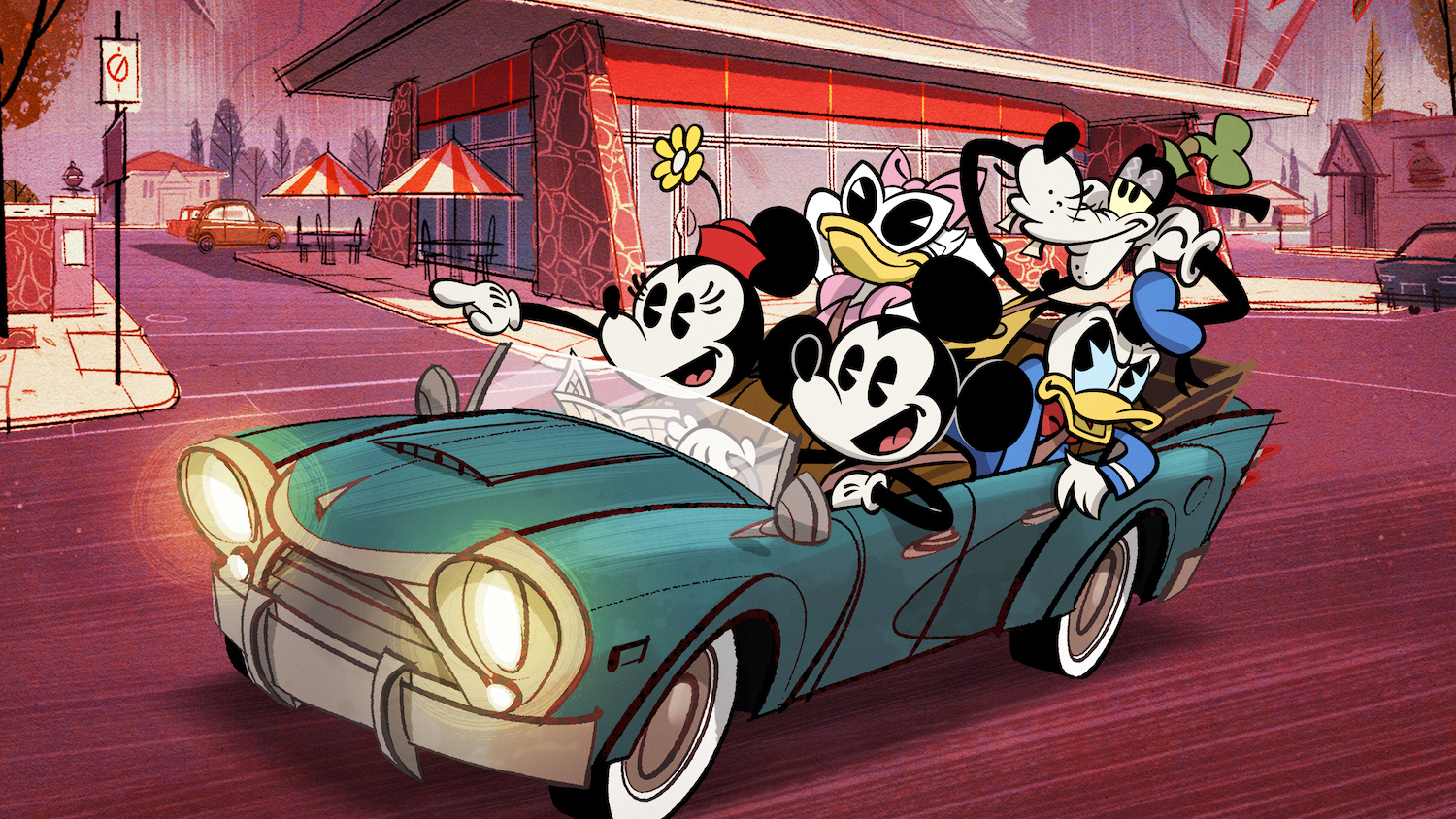What Else Can Disney Do While Reaching 49% of the U.S. on Social Video?
Walt Disney Co.-owned videos were watched for 9.6 billion minutes by U.S. audiences across YouTube and Facebook in Q1 2022

Below is a profile of Walt Disney Co.’s social video presence, with data via social video intelligence company Tubular Labs.
Amid this year’s NewFronts and Upfronts, the focus is decidedly on TV. But these media giants also have large footprints on social video, with completely different content strategies. And completely different opportunities to leverage audiences with advertisers, as we’ll explore below for the Walt Disney Co.
In Q1 2022, Walt Disney Co.-owned videos were watched for 9.6 billion minutes by U.S. audiences across YouTube and Facebook. Disney’s network and studio performers, by U.S. minutes watched in Q1:
Of the top five by minutes watched, four are TV networks, but ABC News is an exception as ABC’s news division. ABC News programs appear on ABC and on streaming platforms, but not as a standalone channel like the others. Despite lacking its own linear channel, ABC News still garners more minutes watched than ESPN (multiple networks) and ABC’s mostly entertainment-focused content.
But the success of ABC News encouraging extensive watch-time presents an opportunity for targeted advertisers on social video platforms in ways that Disney can’t with some of its other top assets – most notably, Disney Junior and Disney Channel video content, which are limited by their younger audience.
The Walt Disney Co. reached 49.0% of the entire U.S. population in March 2022, and 51.3% of U.S. adults over 18. Such a large audience creates a massive opportunity to connect viewers with retail brands in various forms, as Tubular’s consumer insights data reveals.
Disney social video viewers were 13.6x more likely than the average viewer to shop for science fiction and fantasy children’s books within 30 days of watching a video, and 21% of all Disney social video viewers shopped for books within 30 days. Additionally, 18.9% shopped for electronics on Amazon.
The smarter way to stay on top of the multichannel video marketplace. Sign up below.
Given Disney’s extensive approach to marketing already, the brand can either use this data as an opportunity to extend the reach of its content into owned retail products (and it has plenty in the books and electronics spaces already), or partner with advertisers looking to capitalize on an audience already anxious to shop for those products.
Disney also has further opportunities for growth abroad. Less than a third (32%) of Walt Disney Co.’s global Facebook and YouTube minutes watched in Q1 came from the U.S. Movies like Encanto, which was not centered solely on the U.S. or English-language dialog/songs, also delivered plenty of views for the company. In Q1, eight of Disney’s 20 most-watched videos across YouTube, Facebook and Twitter globally had to do with Encanto.
But some of the rest may surprise.
SportsNation (part of ESPN) uploaded six of the 10 most-viewed U.S. Disney videos – four of the top five – and all were YouTube #Shorts. The user-generated content was a hit with fans both by way of views and engagement, where it also topped the list for Disney. Despite the success, #Shorts made up just 2.7% of Q1 YouTube uploads for Disney. Brand partnerships that remain aligned to the UGC angle could be advantageous for the company to lean into given the performance of those videos and the fact that they haven’t over indexed on that content format yet.
And while Marvel may control the box office in recent years, the company accounted for just two of the top 20 U.S. Disney videos by views in Q1. Part of that may be because there were no Marvel films in theaters in Q1, with just one TV show (Moon Knight) debuting at the very end of the quarter. But perhaps it’s an area where advertisers only go if they’re looking for a niche audience, versus the broader reach of some of Disney’s other properties.
Also interestingly, the company hasn’t utilized Disney Plus as a major engine for show promos in Q1 (when compared to streaming competitors), with U.S. audiences watching just 37.9 million minutes of content across Facebook and YouTube. Part of this could be due to Disney having its individual arms of IP (Pixar, Marvel, Star Wars, etc.) publishing trailers to connect with their most passionate fans. But Disney Plus could have an opportunity for greater engagement through that property with shoulder content, sneak peaks and similar content that showcases how it’s a one-stop shop for whatever audiences are fans of (mimicking much of its TV advertising campaigns of late).
John Cassillo is an analyst and contributor with TV[R]EV.
